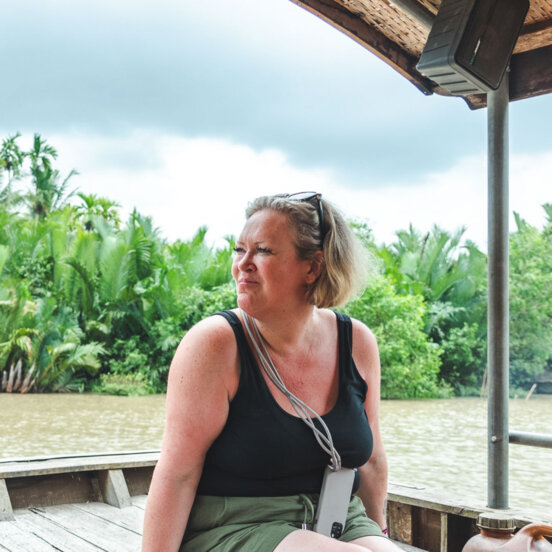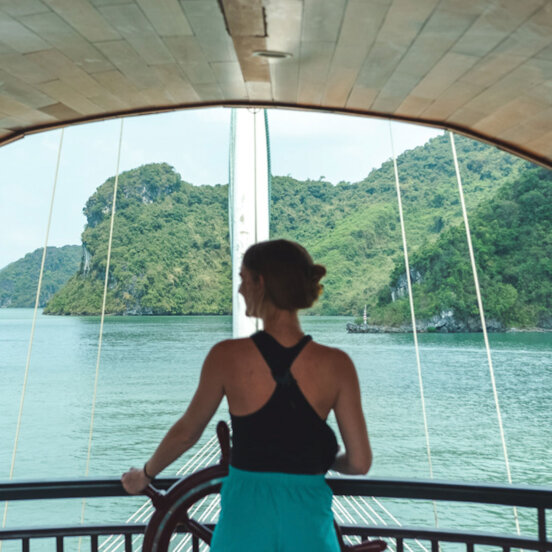Scenes from the Sahara: the Berbers and Bedouins of Egypt’s desert oases

I love Egypt for the River Nile and sailing slowly along on its current, the banks lined with reeds, farms, villages and ancient temples. I adore the summer beach clubs of the Mediterranean coast and the winter dive resorts of the Red Sea. In fact, I’ve been so enamoured, I made Cairo my home for several years. Indeed, I married an Egyptian and continue to travel back each year to see our family.
Yet, after exploring this layered country of 100 million people, it’s the freedom and wilderness of the Sahara’s Western Desert oases that, for me, captures the true romance of Egypt.

There are five main oases of the Western Desert
It was Egyptians who gave the world the word “oasis”, which makes sense as around two-thirds of the country is covered by the Western Desert. This large swathe stretches from the Libyan border to Sudan, forming part of the great, glorious Sahara, which itself sweeps across 10 countries of North Africa.
Of the five main oases of the Western Desert, there’s beautiful Siwa, famed for its 12th-century mud-brick town; Bahariya, the jumping-off point for the White and Black Deserts; Farafra, with over 100 water wells; Dakhla, known for two impressive archeological sites; and Kharga, the largest and least visited oasis located west of Luxor.

The oases were stops on the caravan routes across North Africa
The oases were once stops on the caravan trading routes that traversed North Africa, including Darb al Arba’īn and the Forty Days’ Road desert trail, which formerly linked central Egypt and Sudan for those selling gold, spices, slaves and camels.
Today, the oases’ residents are a blend of settled and semi-nomadic Bedouins and ‘regular’ Egyptians, while Siwa – Egypt’s most famous and remote oasis – is home to the country’s largest concentration of Berbers. Also known as the Amazaigh people, these pre-Arab Berber tribes are spread across the northern part of Africa, from Morocco in the west to Egypt in the east.
“We’re different to Bedouins and Egyptian people from Cairo or Alexandria,” Siwi resident and Berber, Fathi Malin, tells me. “Arabic is our second language, Siwan is our first.”

A man in white galabeya robe guns his motorbike through dusty streets
Located approximately 500km east of Cairo and 50km from the Libyan border, Siwa was only connected to the world by a paved road in the 1980s. Even today, the circuitous journey from Cairo to Siwa is a full-day event on a backside-numbing bus. But it’s worth it.
Siwa’s isolation is its strength, preserving the language and culture of the Siwi people as best it can in the digital age. Married, fully veiled women sweep past me quickly with children in tow. A man in a billowing, traditional white galabeya (robe) guns his whining motorbike through dusty streets as I withdraw money from the mud-brick bank.
Other oases were typically used by Bedouins travelling with their camels. But, as Fathi explains, Siwa was settled by Berbers more than a thousand years ago, with a beautiful citadel built to keep Bedouins out. There’s couscous on the menu – unusual in rice-crazy Egypt – and I find Berber motifs woven into scarves and wrought into silver. Looming over it all, the crumbling 800-year-old Shali Fortress provides a picturesque backdrop to oasis life.

Siwa’s isolation is its strength, preserving the language and culture
I hitch a ride on a motorbike with Gomma, a young Siwi guide. We leave the main town, passing the palm gardens and push on into the desert, where the crumbling Temple of the Oracle (or the Temple of Amun) is baked into the landscape, remote and resilient. I climb the stairs to its peak, place my hands on the stone and, as is tradition, ask a question of the Oracle.
I’m not the only one to have listened for answers to life’s big questions. Alexander the Great made the trek to this remote outpost in 332AD to, allegedly, find out if he really was the son of Zeus-Ammon and, therefore, an actual god. Nobody knows what the Oracle told him but a year later, the conqueror died – with one theory suggesting his tomb and body were returned to Siwa.

More than 10,000 tombs make up Valley of the Golden Mummies
Over in the west, little Bahariya Oasis shot to fame in 1996 when archaeologists discovered a large burial site of 2,000-year-old mummies; initially 250 of them were found. Eventually, the Valley of the Golden Mummies would go on to reveal more than 10,000 mummified bodies in one of the world’s largest ancient cemeteries. Yet, what lures me to Bahariya is far older.
Meeting up with guide Mohamed, I clamber into his battered 4WD. At the turn of the ignition, a dua (prayer from the Quran) is recited before he throws the car onto the powdery road that links Bahariya and Farafra oases. Mohamed is Bedouin and a traditional dune-coloured galabeya and Arabian head scarf are his uniform. While I sweat and swig litres of water, he has the constitution of a camel; he doesn’t take a single sip.

The White Desert reveals fantastical shapes, such as the Finger of God
White sculptures dot the hot earth, their wind-twisted forms reaching to the sky. This is the White Desert. The soft chalk – a remnant from an inland sea – has been fashioned into fantastical shapes such as the Finger of God, castles or camels.
Quietly, Mohamed points out the tiny imprints of seashells in the rocks, then leaves me to walk between the sculpture-like stacks while he expertly flips out bedrolls, whips up a chicken dinner, and brews a pot of super-sweet mint tea which we sip while watching the stars.

At Farafra, I bathe in 38-degree water wells at sunset
Water wells – known as birs – are the calling card of Farafra: hot, deep and rich in sulphur. While Cairo is fast becoming less conservative in its dress, the oases maintain tradition and Islamic faith so – as a solo female traveller – I take the advice of a local and climb in for a sunset soak in my long shirt and cotton trousers.
You never know who’ll jump in beside you. Shortly after, there are eight travellers, guides and a couple of locals soaking in the mineral-rich waters that reach up to 38C. We all – without exception – wear blissful smiles as the waters work on muscles knotted by long hours of bus travel, field work or, for me, an afternoon spent dune bashing.
Fed by the ancient waters of the subterranean Nubian Sandstone Aquifer System (NSAS), the limpid pools are beautiful. Even Egypt’s divine queen, Cleopatra, was said to have bathed in them.

I listen as the desert unveils its stories of camels, queens and conquerors
In the early morning, I walk through olive groves and date palms, rustling in the morning breeze. Naturally, a farm worker offers me a handful of freshly cut dates as I pass through the gardens.
After, I could go dune bashing. I could go quad biking. I could even fill up my ears with grains sand surfing once again.
Instead, I just stop, sit and listen to the sounds of the landscape. Since ancient times, the oases have welcomed travellers to this western fringe of the Sahara, answered their prayers and offered them hospitality. Today, I’m pleased to note, that the tradition is still very much alive.
Find out more about Flash Pack adventures here – including our new Egypt trip.
Got a story or adventure that could inspire a solo traveller like you? Tag @flashpack on social or email [email protected] to be featured.
Images: Belinda Jackson & Unsplash










